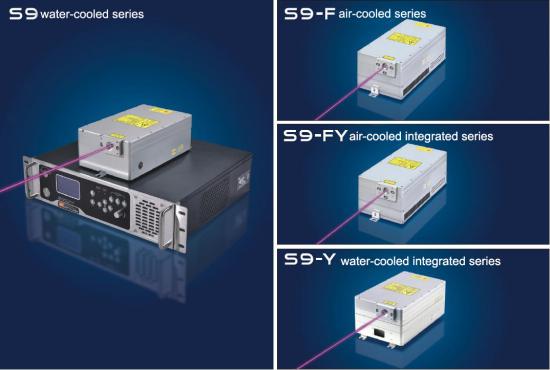The working principle of plastic laser marking machine
Oct 18 , 2022The working principle of plastic laser marking machine
The product of plastic laser marking machine is a new production process that is currently popular, which is actually to make lasting marks on plastic. Such as mobile phone shells, chargers, electronic plastics, etc. are used more, fiber laser laser machine is an ideal tool for marking on various plastics such as PE, PP, ABS and PBT.
Low-flux lasers can change the color of common whitening dyes in plastics, such as TiO2, without changing the surface quality of the part.
On small parts such as catheters, identification symbols such as barcodes or alphanumerics must have clear edges and no sticking or smearing. Since the catheter is in contact with bodily fluids, the marking symbols are harmless and will not be scrubbed off by bodily fluids.
Mechanically engraved markers cannot be used on catheters because the surface quality of the catheter is altered and bacteria tend to accumulate at the marker symbols. But UV laser marking does not have such a problem. The markings made with the laser "cold" process are contrasting and have sharp edges. Because UV light affects only the photosensitizing dye, not the dye-bearing substrate, UV light can produce high-quality, consistent marks on a wide variety of plastics.

In addition, the output beam of a neodymium ultraviolet:solid-state laser can be concentrated within a very small spot diameter. Using vector scanning technology, a mirror mounted on a computer-controlled galvanometer can move the beam to the position of the workpiece surface. Next, CAD/CAM software can be used to drill, cut or mark the plastic in a "direct write" manner. The inherent flexibility of laser "soft tools" is ideal for continuous digital marking and catheter hole drilling. The high-speed galvanometer scanning system performs digital and barcode marking on a wide variety of plastics at speeds greater than 100 words/s.
As we all know, when using micro-drills for mechanical drilling in the past, the drills are easy to be damaged and expensive, so lasers have replaced them to complete the task of micro-machining on therapeutic instruments. Since UV Nd:solid-state lasers are "cold" processes and have a much smaller spot diameter than infrared lasers, they are better tools for micromachining. Infrared lasers can leave edge thermal damage such as focal spots and debris around the borehole.
Ultraviolet Neodymium: Solid-state lasers are also used to drill through-holes for high-density wiring in flexible circuit boards. This application requires lasers with small feature resolution and high-quality polyimide processing capabilities not available in CO2 lasers. Due to the low amount of residue or carbonization produced by the UV Neodymium:Solid State Laser, it is ideal for microfabrication on flexible circuit boards that cannot be cleaned after machining.